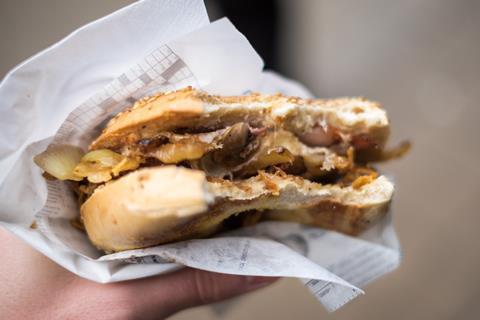
The food-to-go market is set to return to just 88% of its 2019 value levels by 2022 due to the catastrophic impact of the coronavirus crisis, new research shows.
While a degree of bounce-back is anticipated in 2021, with high levels of year-on-year growth, the market is only expected to fully recover until after 2022.
The latest forecast from IGD has revealed the sector is in line to shrink by 43% this year to £10.8bn, equating to a £8.1bn loss of value from 2019, but is only set to grow to £16.7bn over the next two years.
“Unsurprisingly, since the UK went into lockdown, almost all food-to-go shopping trips experienced significant declines,” said IGD senior food-to-go analyst Nicola Knight.
“Where previous forecasts saw the sector growing at twice the rate of grocery retail, 2020 has seen a rapid change in consumer behaviours and daily routines that could have long-term implications.”
The research showed food-to-go specialists will be most affected as they are most likely to be located in city centres and transport hubs with footfall dependent on office workers, commuters and tourists. IGD anticipates store closures and estate sizes in 2022 will be smaller than in 2019.
It also outlined while some smaller players and new entrants may grow by moving into vacant city centre properties, economic conditions will mean many empty sites are not filled for some time.
Read more: How can the food-to-go market recover from the coronavirus crisis?
Coffee shops will be affected in a similar way, although to a lesser extent, as locations are more dispersed and have a strong local presence.
Through innovation and evolution, coffee shops and food-to-go specialists will start to recover somewhat in 2021 and regain market share from retail in 2022, although not to 2019 levels.
Quick-service restaurants will be most resilient as they offer a value option for financially stretched consumers. Drive-thru and delivery offers have also enabled the sector to adapt to local lockdown restrictions.
Retailers will benefit from increased visits where food-to-go crosses over with other shopping missions. Convenience stores in particular have and will continue to profit from their local presence.
“Changes in consumer behaviours throughout this period offer up opportunities but food-to-go businesses need to be quick to grab them,” Knight added. “Never has it been more important to know your customers, understand them and engage with them.
“Picnic sets for outdoor socialising, lunchboxes for home workers and meals to be heated at home are all examples of rapid deployment of new ranges adapted to current consumer needs.”



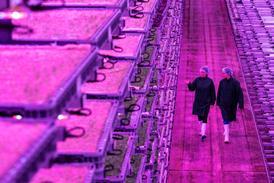




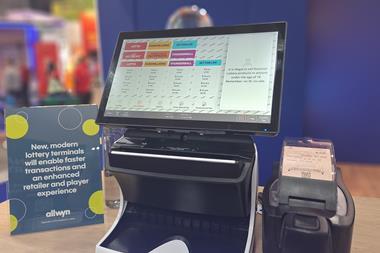



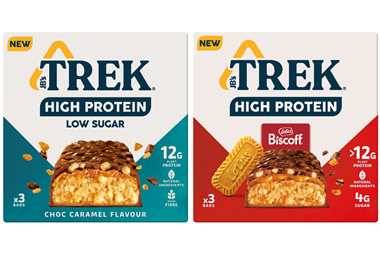

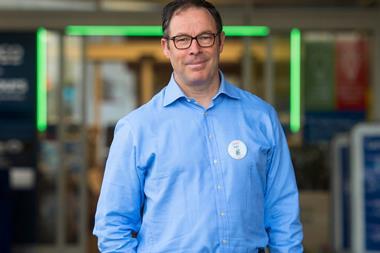
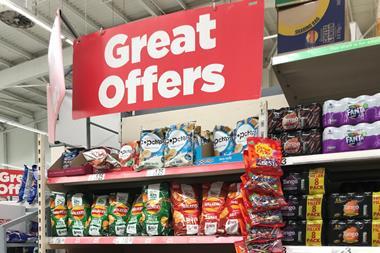



No comments yet